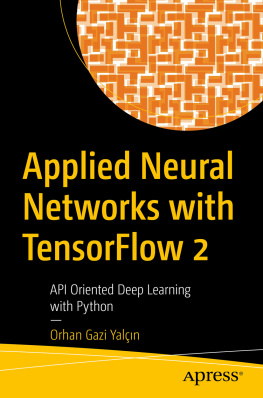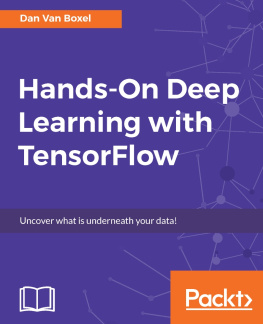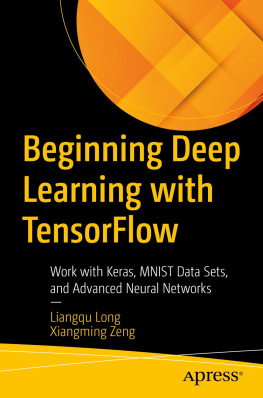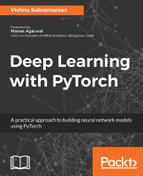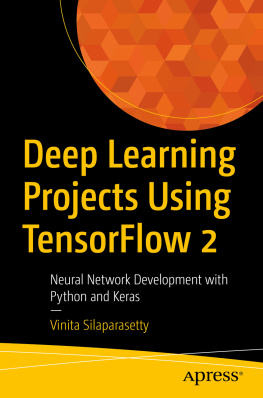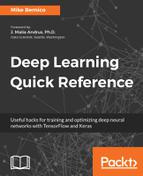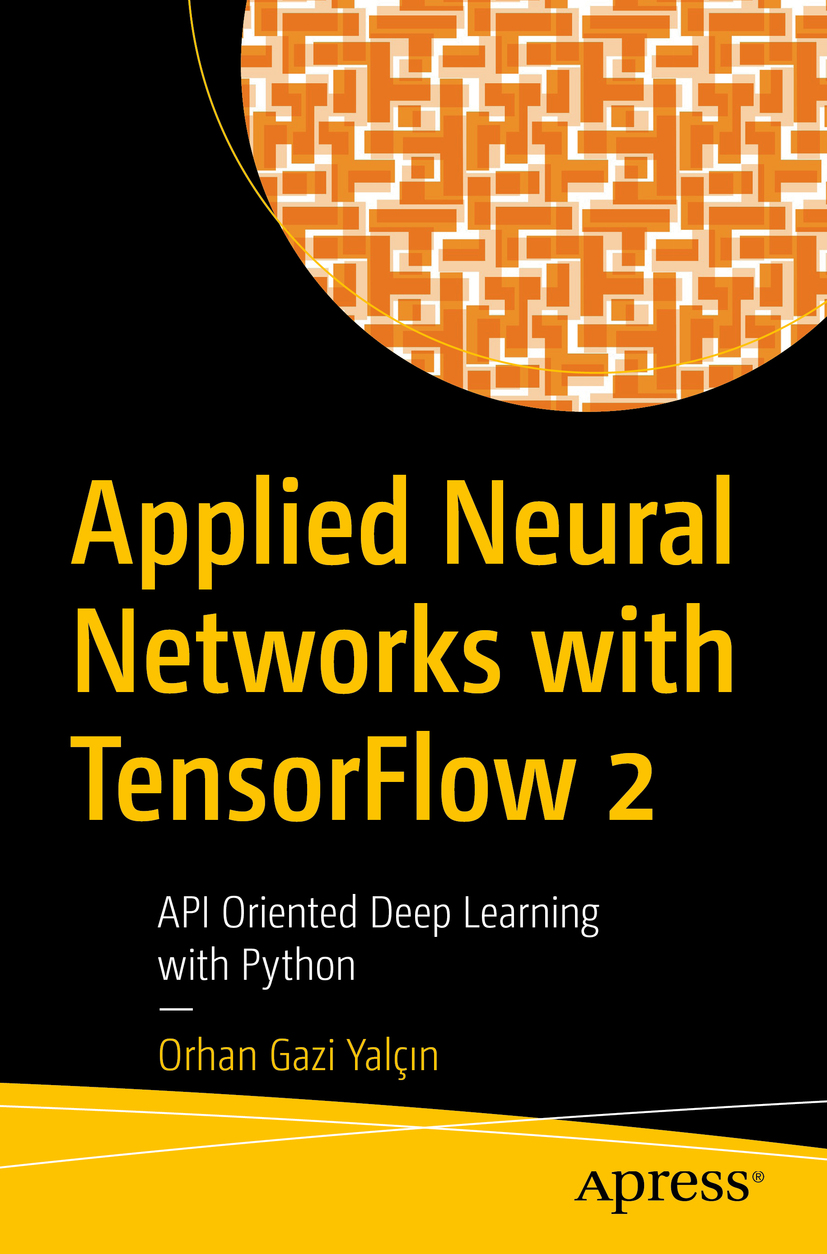Orhan Gazi Yalçın - Applied Neural Networks with Tensorflow 2: Pi Oriented Deep Learning with Python
Here you can read online Orhan Gazi Yalçın - Applied Neural Networks with Tensorflow 2: Pi Oriented Deep Learning with Python full text of the book (entire story) in english for free. Download pdf and epub, get meaning, cover and reviews about this ebook. year: 2020, publisher: Apress, genre: Computer. Description of the work, (preface) as well as reviews are available. Best literature library LitArk.com created for fans of good reading and offers a wide selection of genres:
Romance novel
Science fiction
Adventure
Detective
Science
History
Home and family
Prose
Art
Politics
Computer
Non-fiction
Religion
Business
Children
Humor
Choose a favorite category and find really read worthwhile books. Enjoy immersion in the world of imagination, feel the emotions of the characters or learn something new for yourself, make an fascinating discovery.
- Book:Applied Neural Networks with Tensorflow 2: Pi Oriented Deep Learning with Python
- Author:
- Publisher:Apress
- Genre:
- Year:2020
- Rating:5 / 5
- Favourites:Add to favourites
- Your mark:
Applied Neural Networks with Tensorflow 2: Pi Oriented Deep Learning with Python: summary, description and annotation
We offer to read an annotation, description, summary or preface (depends on what the author of the book "Applied Neural Networks with Tensorflow 2: Pi Oriented Deep Learning with Python" wrote himself). If you haven't found the necessary information about the book — write in the comments, we will try to find it.
Implement deep learning applications using TensorFlow while learning the why through in-depth conceptual explanations.
Youll start by learning what deep learning offers over other machine learning models. Then familiarize yourself with several technologies used to create deep learning models. While some of these technologies are complementary, such as Pandas, Scikit-Learn, and Numpy--others are competitors, such as PyTorch, Caffe, and Theano. This book clarifies the positions of deep learning and Tensorflow among their peers.
Youll then work on supervised deep learning models to gain applied experience with the technology. A single-layer of multiple perceptrons will be used to build a shallow neural network before turning it into a deep neural network. After showing the structure of the ANNs, a real-life application will be created with Tensorflow 2.0 Keras API. Next, youll work on data augmentation and batch normalization methods. Then, the Fashion MNIST dataset will be used to train a CNN. CIFAR10 and Imagenet pre-trained models will be loaded to create already advanced CNNs.
Finally, move into theoretical applications and unsupervised learning with auto-encoders and reinforcement learning with tf-agent models. With this book, youll delve into applied deep learning practical functions and build a wealth of knowledge about how to use TensorFlow effectively.
- Compare competing technologies and see why TensorFlow is more popular
- Generate text, image, or sound with GANs
- Predict the rating or preference a user will give to an item
- Sequence data with recurrent neural networks
Data scientists and programmers new to the fields of deep learning and machine learning APIs.
Orhan Gazi Yalçın: author's other books
Who wrote Applied Neural Networks with Tensorflow 2: Pi Oriented Deep Learning with Python? Find out the surname, the name of the author of the book and a list of all author's works by series.

